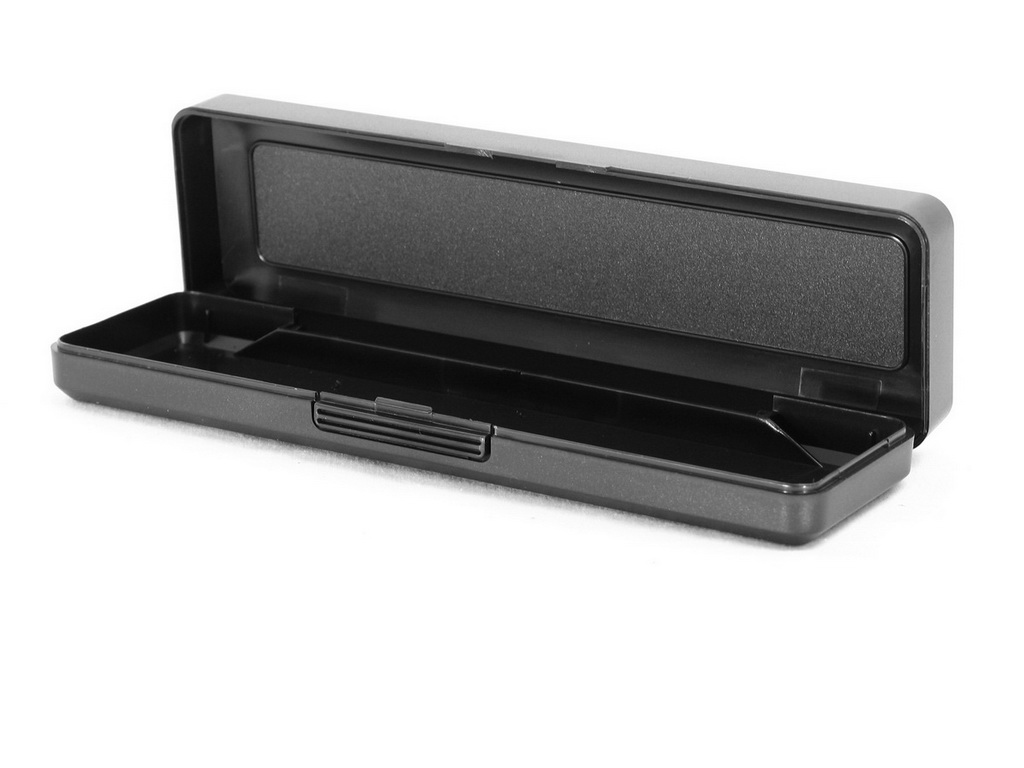Injection molding is a simple process in concept: Plastic is melted, injected into a cavity and removed when it has hardened. The process is economical, efficient, precise and yields low waste.
An Introduction to How Injection Molding Works
Injection molding starts with small plastic pellets (usually 1/8” in length) fed from a hopper on the molding machine into a reciprocating screw, which then carries the resin through a heated barrel. Pressure generated by the motion of the screw melts the plastic as it is pushed toward the front of the barrel. The screw retracts as molten plastic is forced in the cavity in front of it. When enough plastic accumulates to fill the mold, the screw is pushed forward hydraulically. This pressure forces the molten plastic through the machine nozzle and into the closed mold.
In the mold, the plastic flows through channels called runners and passes into component cavities through gates. Water or another fluid circulates through a cooling system in the mold to extract heat and begin to cool the plastic part, or case. The plastic is held at a high pressure until it solidifies. After the parts have cooled, the mold opens and the parts are removed.
As the parts cool in the mold, the next shot is prepared in the barrel. The mold opens and the cooled part is ejected. The mold closes and the next cycle begins. Since the cooling time is usually the longest step in the process, it usually determines the cycle time, which therefore establishes production rates and cost per part.
The Benefits of Injection Molding
- Rugged packaging solution – one-piece construction that is virtually stress free
- Lightweight and resilient
- Excellent load-bearing properties
- Uniform wall thickness
- Variety of finishes and textures
- Resins can be tailored to suit the application – e.g., to satisfy FDA requirements, chemical compatibility, heat stress applications
- Vivid colors – color match is possible
Injection Molded Case Applications
- Air brushes
- Art supplies
- Automotive components
- Consumer electronics
- Industrial equipment
- Lawn and garden equipment
- Kits
- OEM instruments
- Medical equipment
- Pens
- Recreation
- Telecommunication
- Tools
How Cases By Source Leverages Injection Molding
When deciding if injection molding is the solution for you, it is important to account for the intricacies of this molding method and the considerations involved in the case application.
Cases By Source understands the best possible uses of the injection molding process, as well as the relationship of the parts/case, resin and molding factors involved, with injection molding presses that range in size from 24 tons to 1,300 tons.
Automated production allows us to accommodate high-volume requirements at competitive pricing. In addition, we have small precision molding machines that are capable of meeting short-run needs while holding extremely tight tolerances that medical and military applications require.
Our relationship with an offshore partner allows us to offer custom tooling and part components at a fraction of the cost you are used to paying.








Leave a Comment